Indigenous Governance Database
News and Opinion
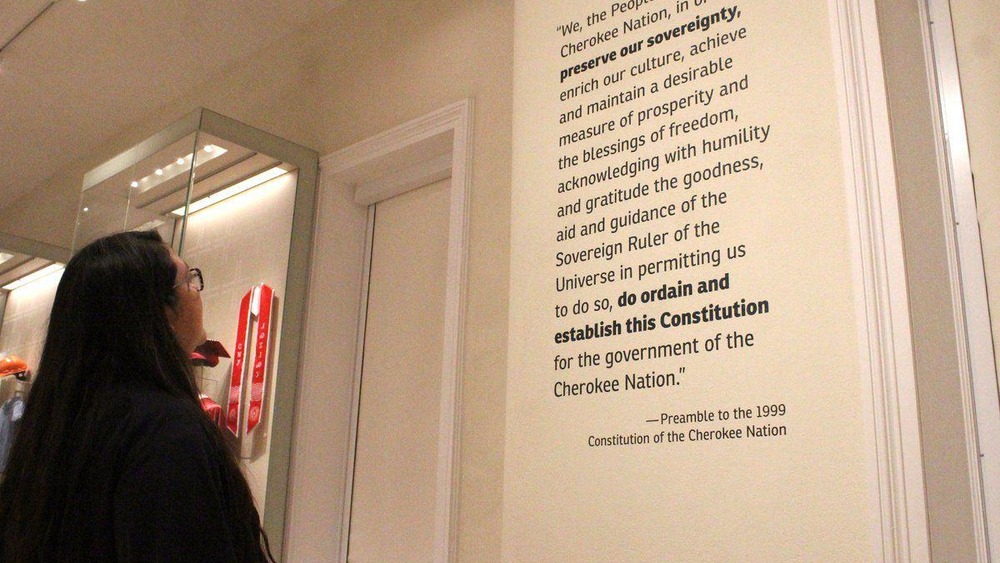
Cherokee Nation '99 Constitution Incorporated Older Ideas
Before the Cherokee Nation 1999 Constitution was ratified by voters in 2003 and recognized by the federal government in 2006, the tribe was governed under different laws that required extensive input and oversight by Cherokees when they decided to rewrite the document in 1995. Under the 1975…
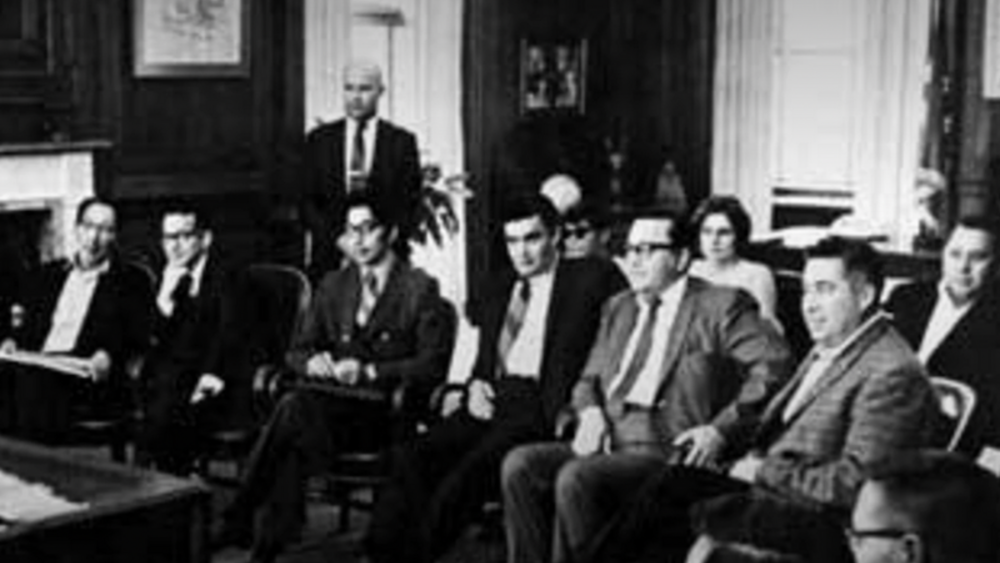
ANCSA at 50: America’s Forgotten Indigenous Rights Movement
Fifty years ago, the Alaska Native Claims Settlement Act passed into law. In one historic piece of legislation, Indigenous Alaskans’ claims to the land were extinguished and a new Indigenous legal landscape was formed. In exchange, Alaska Native communities received title to 44 million acres of…
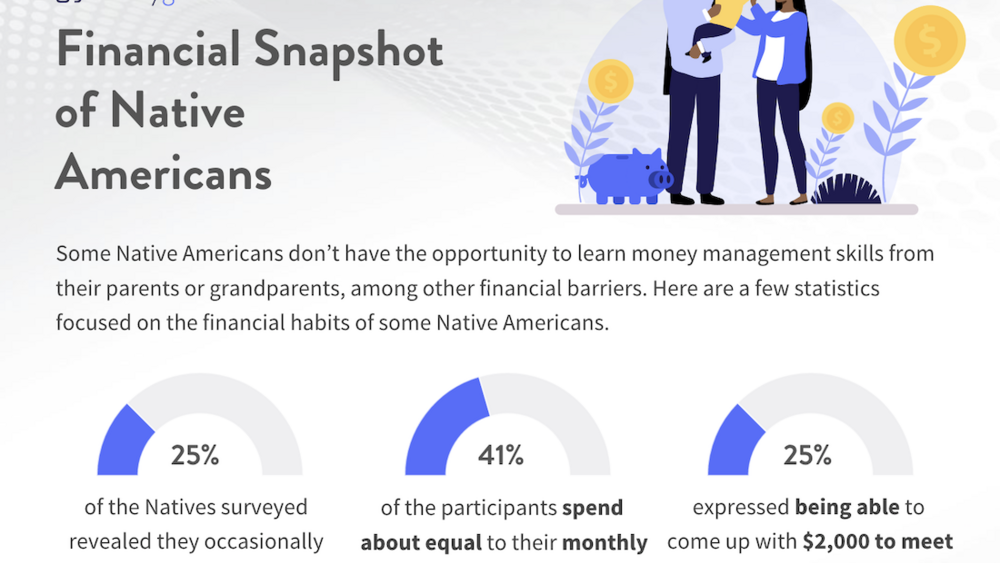
Strengthening Financial Avenues in Native American Communities
Historically, Native communities defined currencies by their food, relationships, nature and tools to sustain a living. Over time, Native and Indigenous populations gave way to the use of paper money. These new social standards pushed them to adopt different ways to sustain their living, often,…

Native American tribe takes trailblazing steps to fight Covid-19 outbreak
The Lummi nation, a sovereign Native American tribe in the Pacific north-west, will soon open a pioneering field hospital to treat coronavirus patients, as part of a wave of strong public health measures which have gone further than many governments. Tribal leaders have been preparing for Covid-19…

Sharing the Wealth
In recent years, there has been increased discussion of Universal Basic Income (UBI) programs for the US. In fact, one of the Democratic candidates for president has championed the UBI program as an important component of his platform. UBI in its simplest form is a cash-transfer program that…
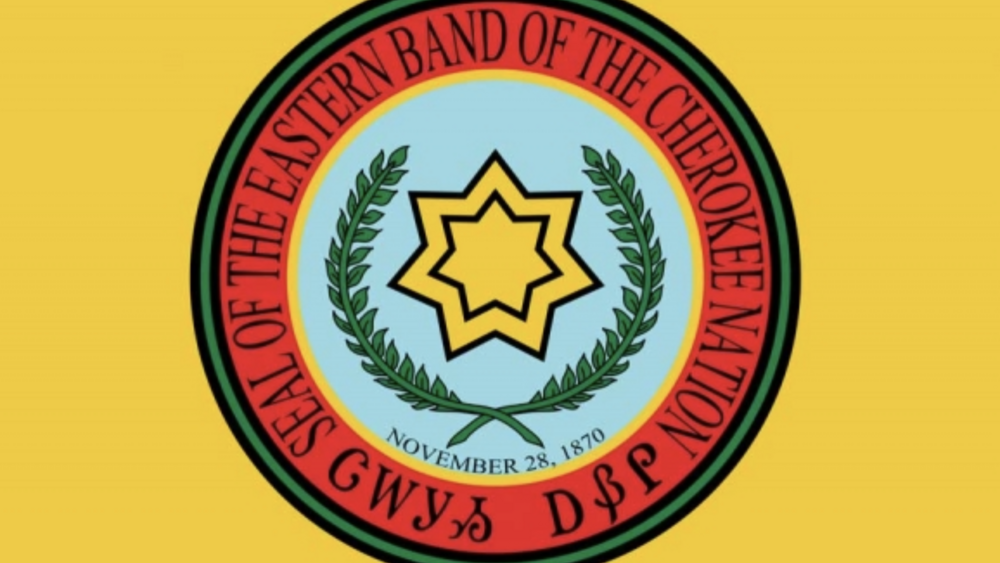
Constitution proposed for Cherokee
Cherokee voters will have the chance to give their nation a long-awaited constitution if Tribal Council approves a referendum question proposed for the September ballot. “Right now we don’t have a constitution. We have a charter, and a charter is for an organization, a corporation or…
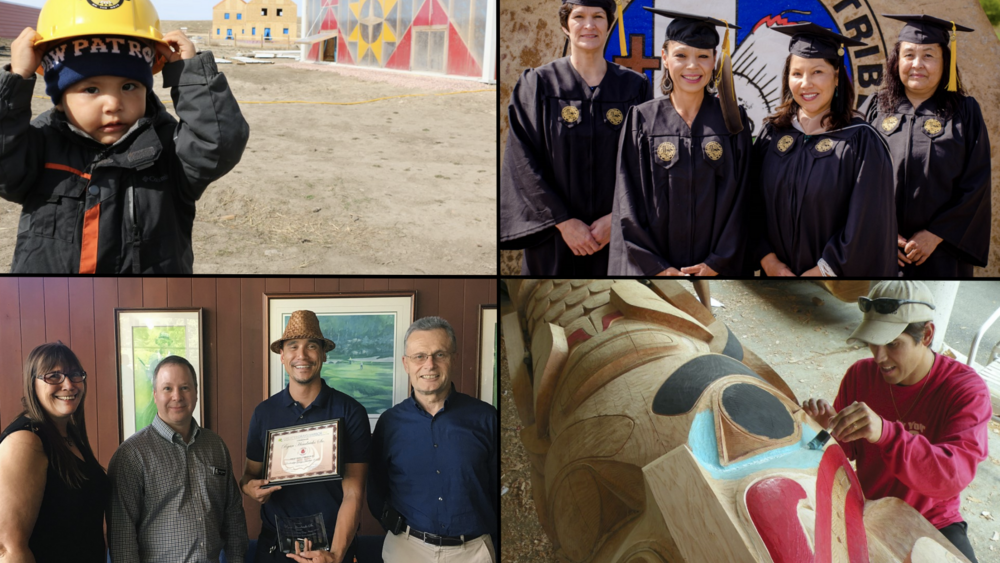
Tribal Workforce Development: A Decision-Framing Toolkit
This toolkit shares the main findings of NCAI’s multi-year research project examining the innovative approaches to workforce development that tribal nations along with Native organizations and tribal colleges and universities are forging, how they are achieving success (as they define it), and why…
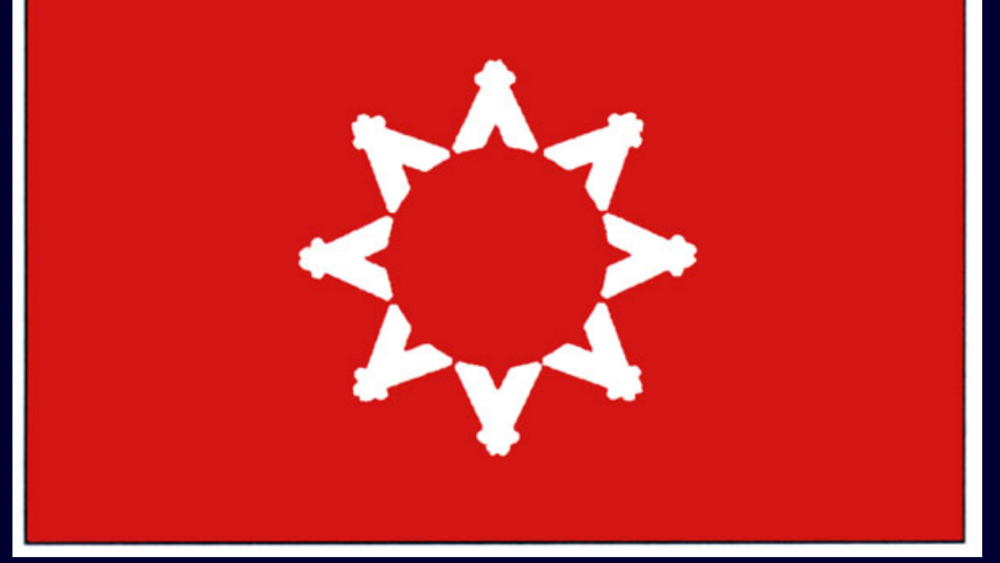
The Indian Reorganization Act at 80 years
At Pine Ridge, daily controversy surrounds the Indian Reorganization Act (IRA) of 1934. Congress enacted the IRA on June 18, 1934. However, the voting requirement was drastically altered just three days prior. This amendment (H.R. 7781, 49 Stat., 378) dated June 15, 1934, lowered the overall voting…
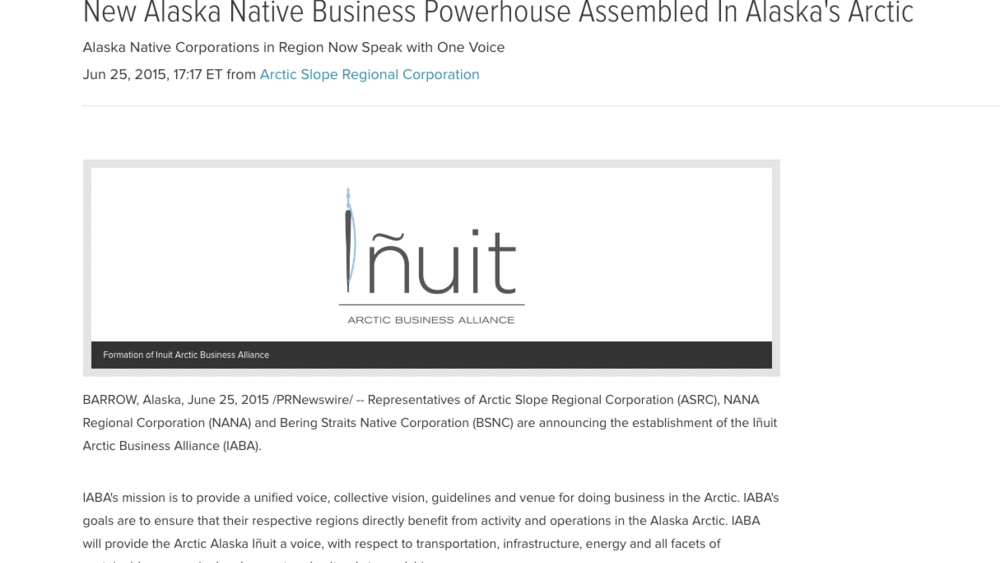
New Alaska Native Business Powerhouse Assembled In Alaska's Arctic
Representatives of Arctic Slope Regional Corporation (ASRC), NANA Regional Corporation (NANA) and Bering Straits Native Corporation (BSNC) are announcing the establishment of the Iñuit Arctic Business Alliance (IABA).IABA's mission is to provide a unified voice, collective vision, guidelines and…
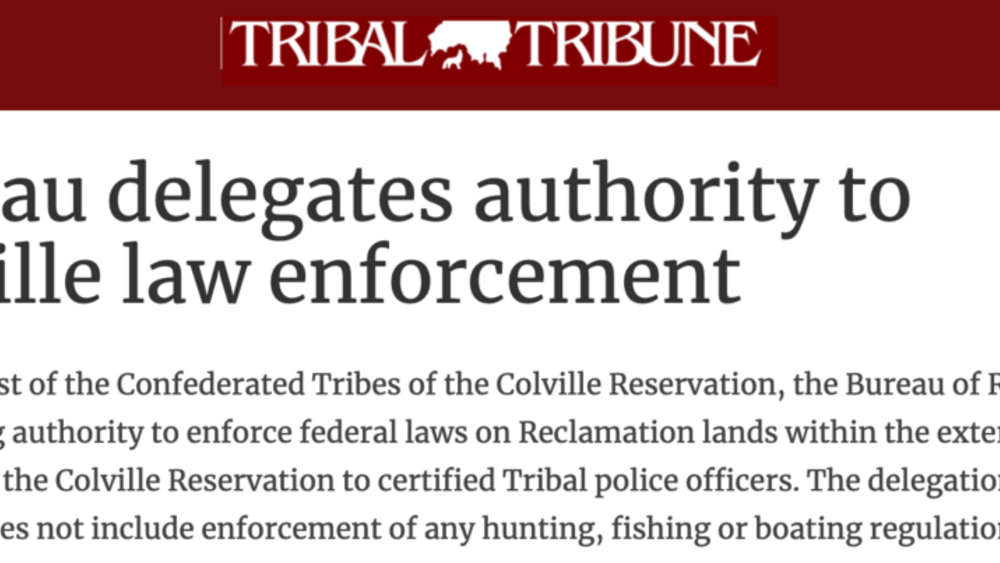
Bureau delegates authority to Colville law enforcement
At the request of the Confederated Tribes of the Colville Reservation, the Bureau of Reclamation is delegating authority to enforce federal laws on Reclamation lands within the exterior boundary of the Colville Reservation to certified Tribal police officers. The delegation of authority does not…
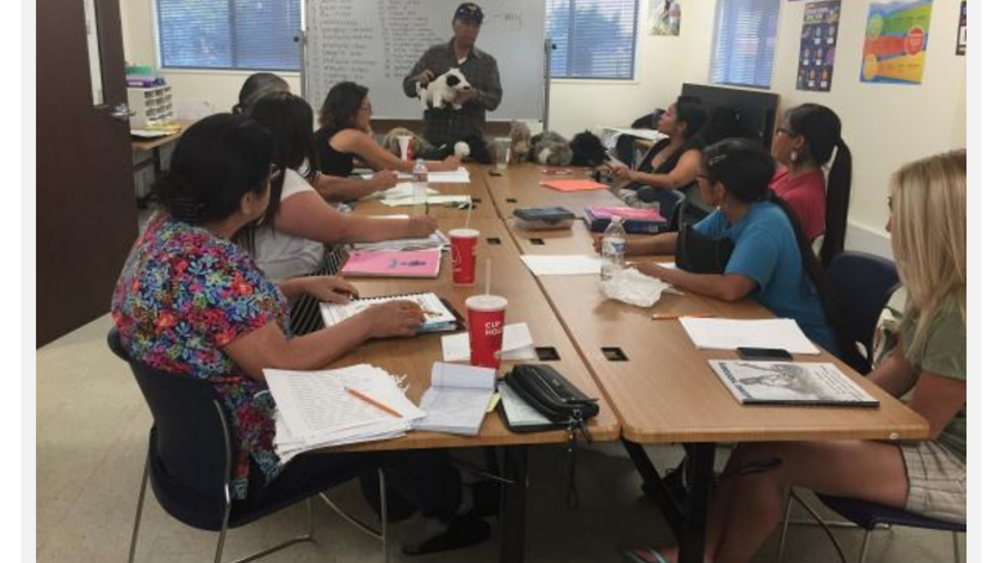
Native Language: Pathway to Traditions, Self-Identity
Stacey Burns says a transformation has taken place within the Reno-Sparks Indian Colony from something as old as the Washoe, Paiute and Shoshone tribes themselves: their native languages...

How Can Tribes Relate to Off-Reservation Citizens Better? Study Aims to Help
How do you define “home?” “Home is where one starts from” is one explanation, while another states, “Our feet may leave home, but not our hearts.” Where you call home is especially important to Native Americans who have left the familiarity of where they grew up among fellow tribal members and…
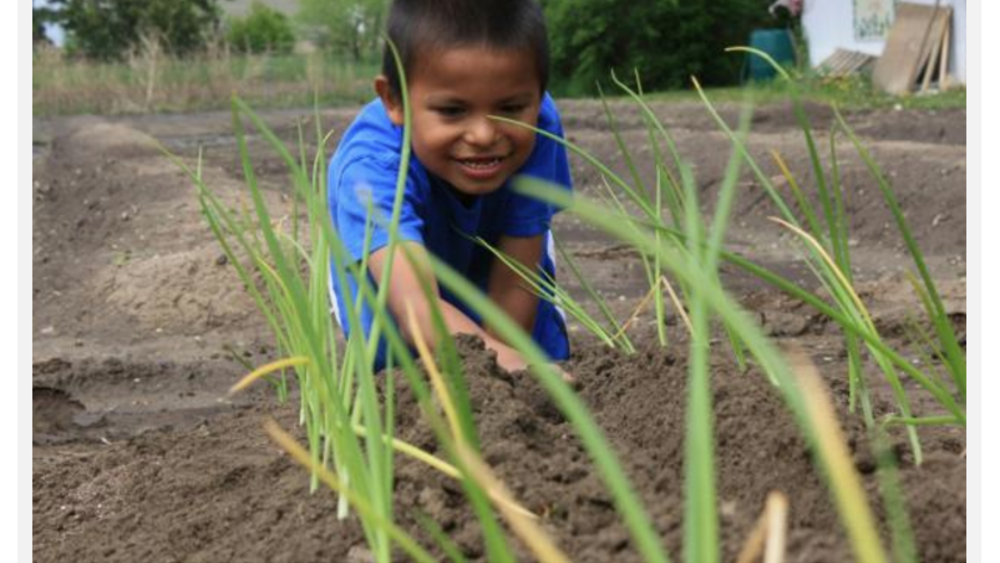
Cheyenne River Youth Project's Garden Evolving Into Micro Farm
When the Cheyenne River Youth Project started its organic garden in 1999, staff at the 26-year-old nonprofit would never have guessed where the little garden would take them. The two-acre Winyan Toka Win–or “Leading Lady”–garden is the heart of the youth project, and is becoming a micro farm.…
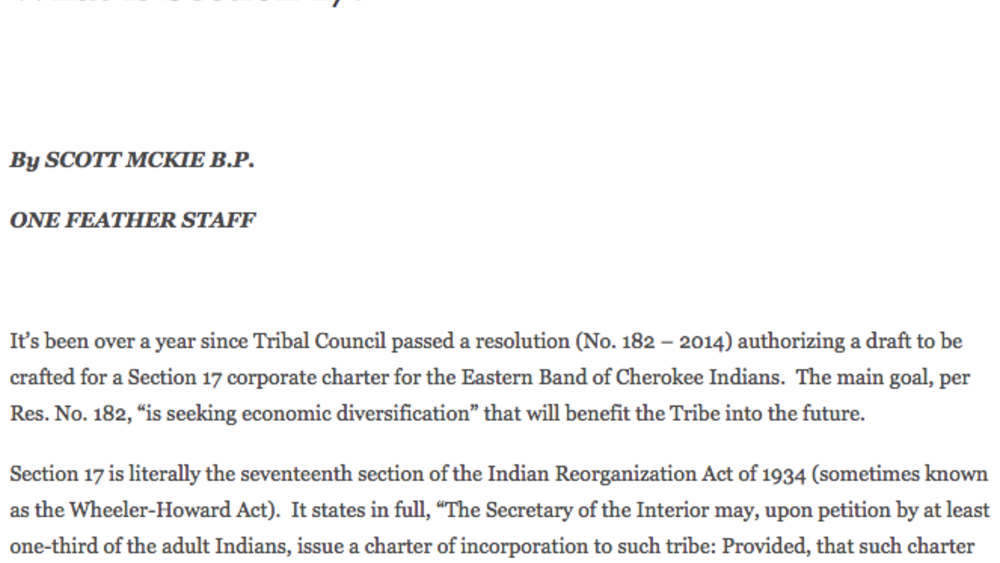
What is Section 17?
It’s been over a year since Tribal Council passed a resolution (No. 182 — 2014) authorizing a draft to be crafted for a Section 17 corporate charter for the Eastern Band of Cherokee Indians. The main goal, per Res. No. 182, “is seeking economic diversification” that will benefit the Tribe into the…
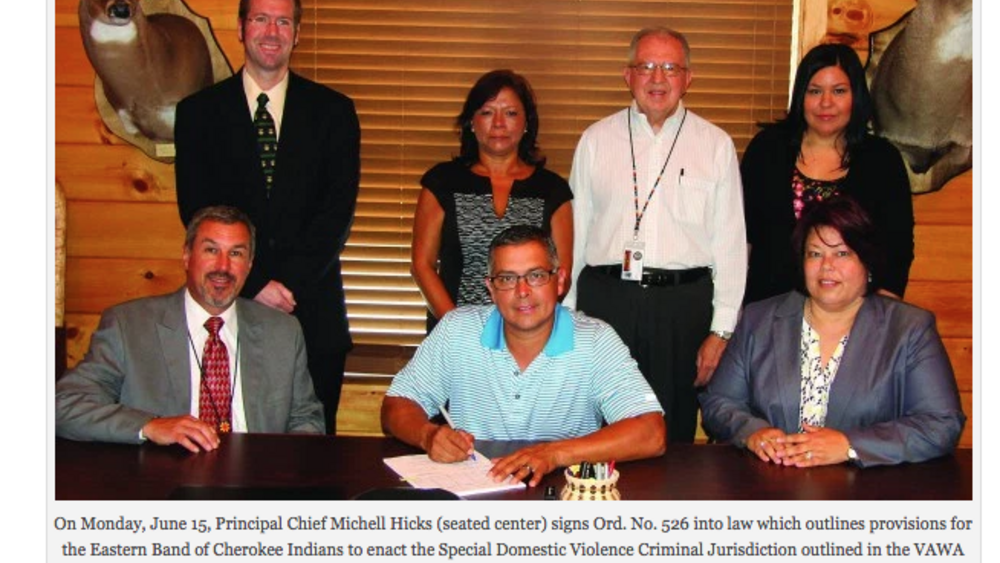
Tribe asserts DV jurisdiction over non-Indians
The U.S. Department of Justice has reported that American Indian women “are more than 2.5 more likely to be raped or sexually assaulted than women in the USA in general”. The DOJ also reports, per its Bureau of Justice Statistics, that at least 70 percent of the “violent victimizations experienced…
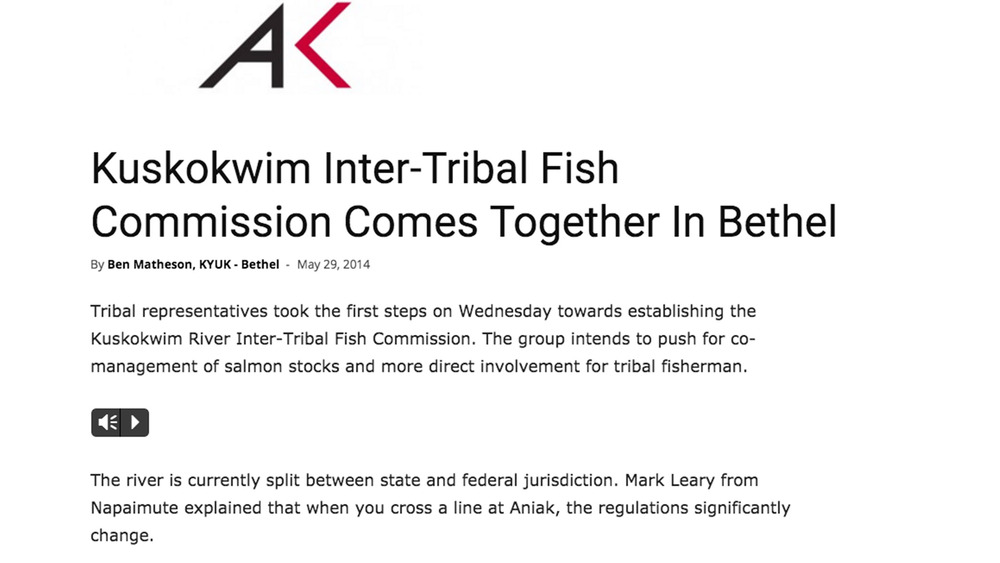
Kuskokwim Inter-Tribal Fish Commission Meets
Just a few weeks before the king salmon run begins in earnest, Kuskokwim tribal leaders came together in the first-ever meeting of Kuskokwim River Inter Tribal Fisheries Commission. The group is pushing to create a system in which tribes have a direct management role in the river’s salmon...

Catalyx and Ramona Tribe Start Work on 100% Off-Grid Renewable Energy Eco Tourism Resort
Catalyx, Inc. has been contracted to be the technology provider and will team with the Ramona Band of the Cahuilla Indian Tribe to develop the Tribe's Eco-Tourism resort near Anza, Calif. The first of its kind, the Ramona Band of Cahuilla Mission Native Americans' resort is designed as a 100% off-…
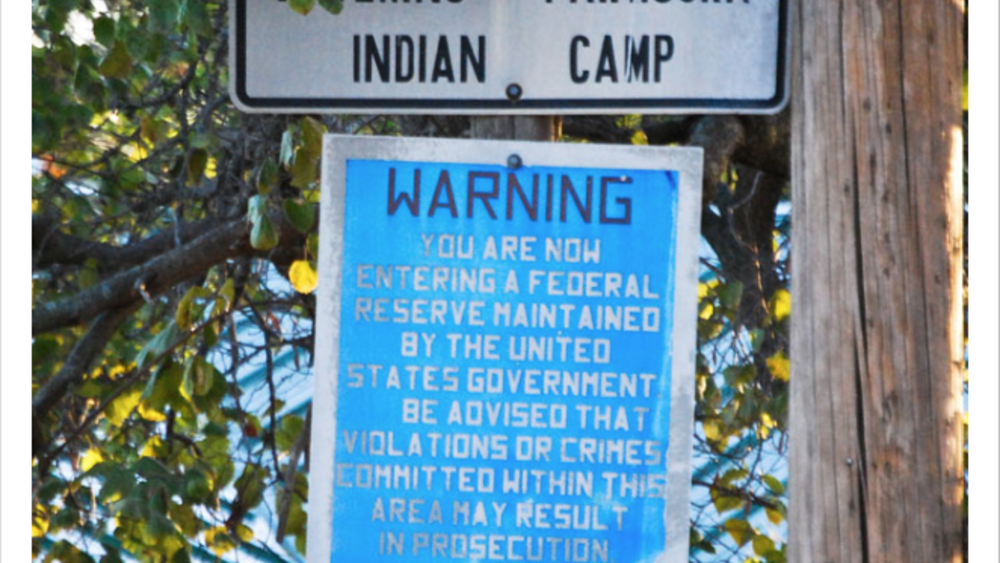
ON Congress passes five-year banishment bill targeting convicted drug dealers
Dangerous drug dealers convicted in the Osage Nation tribal court system are now subject to a mandatory minimum five-year banishment from the Nation’s jurisdiction. The Fourth ON Congress passed a bill (ONCA 15-31 sponsored by Congressman RJ Walker) on April 20 with a 7-4 vote putting the five to…

Northern California Tribe Harnesses Sun and Wind for Renewable Energy System
It’s sunny and windy on the northern coast of California. So why not put these elements to good use to help power a reservation, expand energy independence and reduce the carbon footprint? That’s the thinking behind the decision by the 577-member Bear River Band of the Rohnerville Rancheria to…
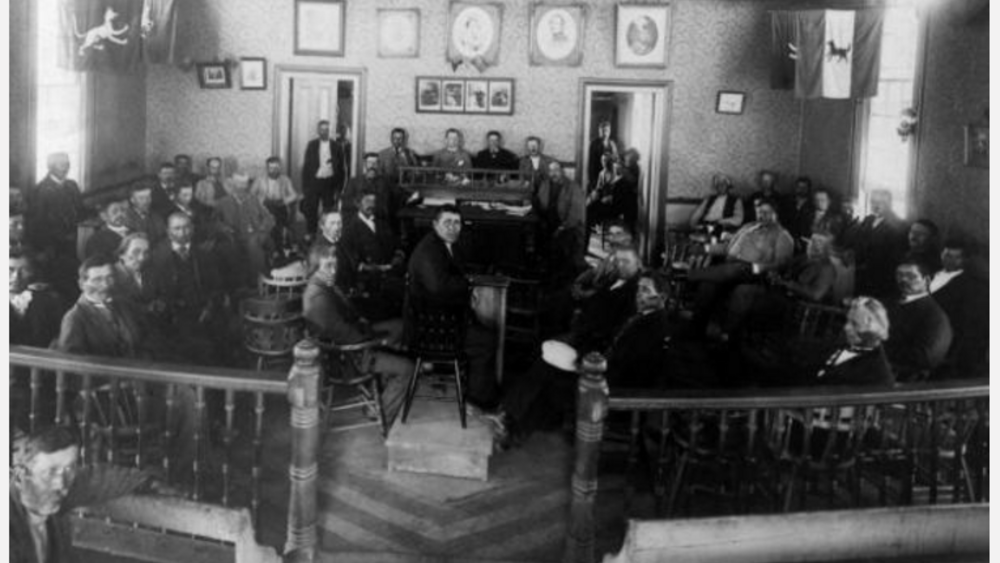
Political Autonomy and Sustainable Economy
A unique attribute of Indian political ways was noted early on by colonial observers. Indians, Indigenous Peoples more generally, were engaged in everyday political action as full participating community members. Every person had the right to be heard. Decisions were made through discussion and…
